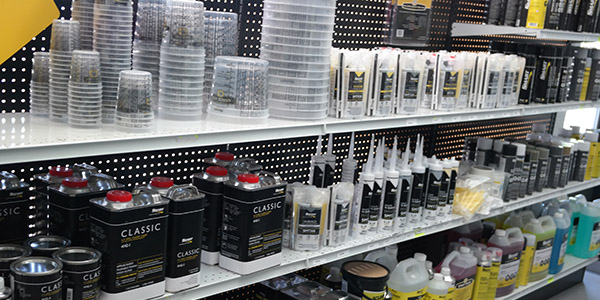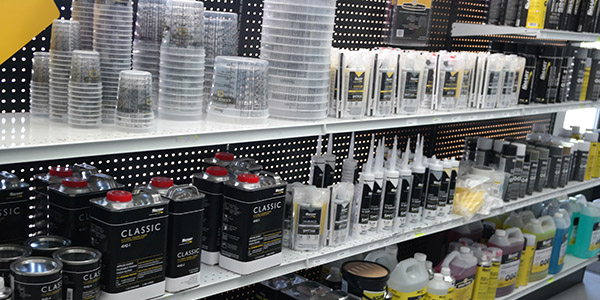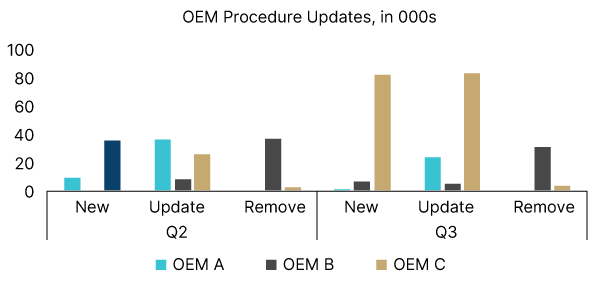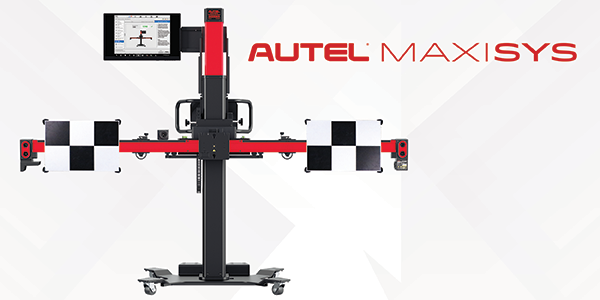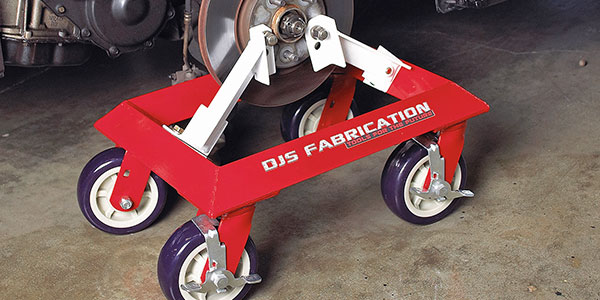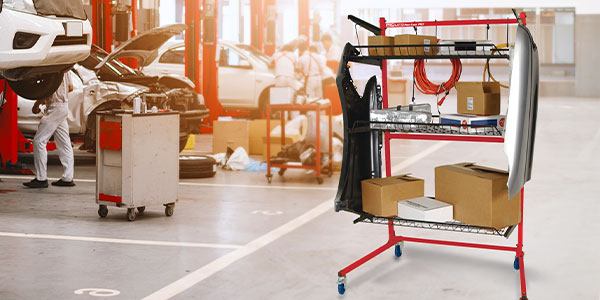Believe it or not, you can save a lot of money by managing your inventory. The first step is to allow your distribution account manager to help you do that.
Utilizing usage data, your account manager can help you decide on an inventory management system that is either self-managed or automated.
Self-Managed Inventory Process
A managed customer inventory process combines KPI reports, set minimums and maximums, and efficient organization to create a system that a shop can easily manage themselves to keep ordering time and product waste to a minimum.
When you first begin tackling inventory management, key performance indicator reports should be run and analyzed to identify product overuse as well as necessary training and process implementations. Then, a preferred product list can be vetted by the shop manager or technicians. Enforcing the preferred product list will help you more accurately forecast inventory levels and spend.
Shops have been successful with a variety of different organizing and ordering setups. You may choose baker racks or cabinets to stock your products in efficient rows where missing or low items can be easily identified. Consistently lining up products in the same place with min/max levels clearly labeled can help keep your product orders in line with shop performance.
Laminated posters or sheets could also work well when placing weekly inventory orders. You can use barcode scanners with a poster or sheet containing photos, part numbers, descriptions and barcodes to quickly place orders. Another option is to distribute an individual sheet to each technician where they can indicate what products they need for the day and hand it off to a gatekeeper for processing.
The benefits of this system include weekly inventory preparedness, five- to 10-minute order placements and being able to see in real-time when you need to make allowances for a busy or slow week. By cross-training multiple team members, you can ensure there’s always someone around to help place orders.
The initial investment of the cabinets or racks could be big and, if you don’t continue to run KPI reports, you may have overages and shortages with a self-managed inventory system. But if you work closely with your account manager, you can be better prepared and save on overhead expenses throughout the year.
Automated Inventory Management Systems
If you’re interested in an automated inventory management system, talk to your distribution account manager. Automated systems are supported by a specialty company that offers a process primarily controlled by a scanner or computer. These types of systems could include NuVentory, LeanTec and the Key-to-Key system by 3M.
Your account manager can run periodic spreadsheets to pinpoint which paint or body technician is using too much product by comparing consumption costs against hours produced, keeping costs low and profitability high.
With IMS systems placing orders automatically, your stock remains full, your back of house moves efficiently and your production numbers stay high. Lowering in-house expenditures allows a shop to streamline the products they have on hand, only stocking items that are needed for a specified time frame. These systems provide you readily available knowledge on inventory stock dollar amounts at any time, no longer needing month-end inventory.
Visually seeing material profits throughout the month allows owners and managers to compare production and usage versus hours produced by tech. For example, Tech A and B both completed 80 flag hours for the week. However, Tech A used $500 in materials and Tech B used $1,000 in material. You can review reports that help identify waste, inefficiencies and where additional training is needed.
The installation of the computer system and software for IMS Systems can be pricey, but a good account manager will get the best program for your business and ensure that you use it to its full potential.
When transitioning to an IMS, a primary and secondary gatekeeper is recommended so there is always someone available to help when needed. This means that anyone who needs or wants to know how to use the system must be trained on the more complex IMS. Also, minimums and maximums are predetermined and cannot account for changes in customer numbers. Be sure to keep your account manager involved and informed on reports so they can identify any changes that need to be made.
“Having an inventory management system allows the customer the ability to control their inventory with such efficiency that they can easily transition from daily and emergency fill-in orders to weekly or monthly ordering cycles, thereby lowering their wasted time interacting with delivery drivers and minimizing ordering mistakes by servicing electronic order picking,” said Victor de la Uz, sales team leader at FinishMaster.
Partnering with your distributor to manage your inventory can sometimes be seen as taboo, but it is not a bad thing. FinishMaster is here to help you and your business succeed. By reviewing your business reports and doing weekly stock orders with you, we can help you eliminate guesswork. As a bonus, combining your account management services and IMS with other initiatives, like technician spiff programs, can help create a facility-wide culture that values increased product usage efficiency.
This article was sponsored by FinishMaster. For more information, please visit https://www.finishmaster.com/.

